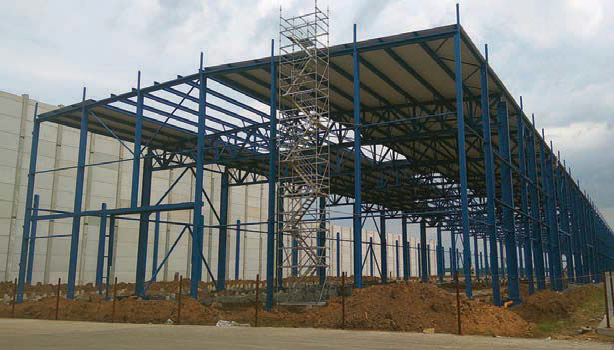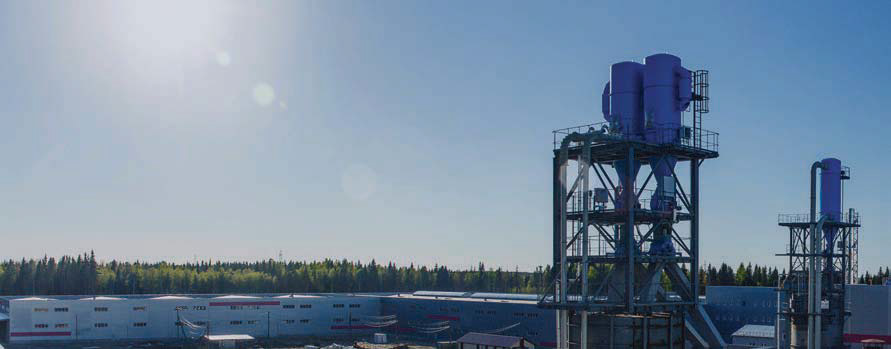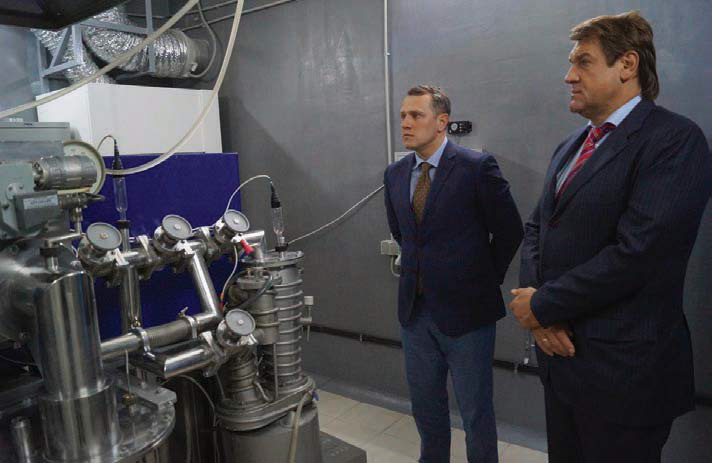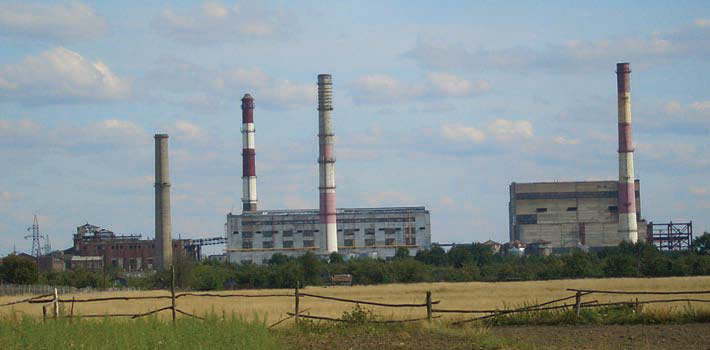OSB capacity seeing rapid growth
12 April 2019Russian OSB production is steadily growing, thanks to the ongoing recovery of the country’s national economy from the crisis, and the launch of new investment projects in the industry, says our Russia correspondent, Eugene Gerden
Recent statements from producers, and some senior officials of the Russian Ministry of Industry and Trade, say that the OSB industry in the country is growing.
According to state data, last year the consumption of OSB in Russia amounted to 1.3 million m3 and these figures are expected to grow significantly this year, due to the ever-growing demand from some major consuming industries.
That inevitably leads to the growth of investment activities in the industry and to the launch of new projects.
One of them will be implemented in the Volga region of Russia and involves building a large-scale OSB plant there. The project will be jointly implemented by the Chinese Sichuan Railway Investment Group and Real- Invest Group of Companies, one of Russia’s largest investment holdings: An investment agreement was signed by the companies last year, during the Eastern Economic Forum in Vladivostok.
The new OSB facility will be located in the Nizhny Novgorod region and have the capacity to produce up to 412,500m3 per year. The volume of investment in the project is estimated at RUB12bn (US$200m), while the commissioning of the plant is scheduled for 2021.
The pay-back period of the project is expected to be between six and eight years.
The new plant will be built on a 50ha site and will be a core project, implemented within the territory of the Real-Invest industrial park.
Implementation of the project is personally controlled by the governor of the Nizhny Novgorod region, Gleb Nikitin, who said that the regional authorities will provide all necessary assistance to the investors.
The new factory will employ more than 400 workers, while most of its future production will be supplied to the Russian low-rise wood-framed housing industry, which has significantly grown in recent years.
At the same time, part of the output will be exported, particularly to the Asia-Pacific region.
According to Lev Tarabarin, one of the owners of Real-Invest, building of the new OSB factory will help to partially solve the problem of utilisation of non-commercial wood in the region; and will ensure regular supplies of OSB for the needs of customers from the vast Russian Volga region.
Most of the raw materials for the new plant will be sourced locally, along with some neighbouring areas such as the Kirov and Ivanovo Kostroma regions, as well as the Mordovia Republic.
Mr Tarabarin said both Real-Invest and Sichuan Railway are ready for fierce competition in the domestic market in years to come. Among their major rivals are expected to be such leading local OSB producers as the Petrozavodsk DOK Kalevala plant, the Taleon Arbor enterprise, (which operates the 500m3 enterprise in the Tver region), and the Kronospan Ufa line. Mr Tarabarin added that the launch of the Nizhny Novgorod facility, and the expansion of some of the already-existing facilities, may result in almost complete suspension of further OSB imports to Russia.
According to analysts at the Russian Ministry of Industry and Trade, OSB has historically been one of the most heavily dependent import segments of the Russian panels market.
According to an official spokesman of the Real-Invest Group Future, in the case of export supplies, in addition to traditional ocean routes, shipments could be also carried via the Volga-Yangtze river route; one which may provide an almost direct link between Russia and China.
Zheng Hongtao, head of the Sichuan Railways Investment Group Co Ltd, Russia, (a Russian subsidiary of Sichuan Railways), said the project has strategic importance, both for the Sichuan province and the company.
According to him, for Sichuan province, which has a population of more than 80 million people, the new plant may become one of the major suppliers of OSB.
The same position is shared by the Russian Ministry of Industry and Trade, according to whom the project will bring serious benefits to its investors, considering the ever-growing demand for OSB in Russia and its current high level of local consumption in the domestic market.
At the same time, according to analysts, one of the potential risks of the project may be related to a possible shortage of raw materials for the needs of a plant of such scale.
An official spokesman for Denis Manturov, the Russian Minister of Industry and Trade (and a state official, who is personally responsible for the development of the wood based panels industry in the Russian government), said that a plant of such capacity is designed to consume about one million tons of raw materials at its maximum design capacity. However, the Nizhny Novgorod region does not have reserves that could meet these needs.
At present, the volume of wood harvesting in the region is estimated at about four million m3 per year. However, most of it is already reserved for supplying other projects. The available forest stock in the region does not exceed 2.6 million m3but its development is often associated with serious problems in terms of logistics and economics.
In addition, according to some state analysts, the current competition level in the Russian OSB market may result in a significant extension of the payback period of the project; and may affect its profitability.
Nevertheless, according to some leading Russian analysts in the wood business, despite the existing problems, the OSB segment currently remains one of the most promising segments in the Russian panels market in terms of its further growth.
Bright prospects create conditions for the launch of new investment projects in the market. For example, in addition to the Nizhny Novgorod project, another largescale OSB facility in Russia may soon be built by Swiss Krono, one of the leading players in the Russian market.
The new plant will produce about 600,000m3 of OSB and will probably be one of the largest of its kind in Russia. Implementation of the project will be part of the €340m investment programme announced by Swiss Krono Group for Russia last year.
As part of this programme, Swiss Krono plans to continue the development of its existing flagship Russian factory in the city of Sharya in the Kostroma region (Central Russia), which has the capacity to produce up to one million boards per year, primarily particleboard and MDF.
It is planned that the new OSB facility will be located close to the Sharya plant. It will use low-grade wood to be sourced in Kostroma and other north-eastern districts of Russia as raw material for its production.
The idea for the building of the OSB plant was first put forward in 2013 after talks between the governor of the Kostroma region and the owner of Swiss Krono, Ernst Kindle. The new plant is expected to be commissioned by 2021.




